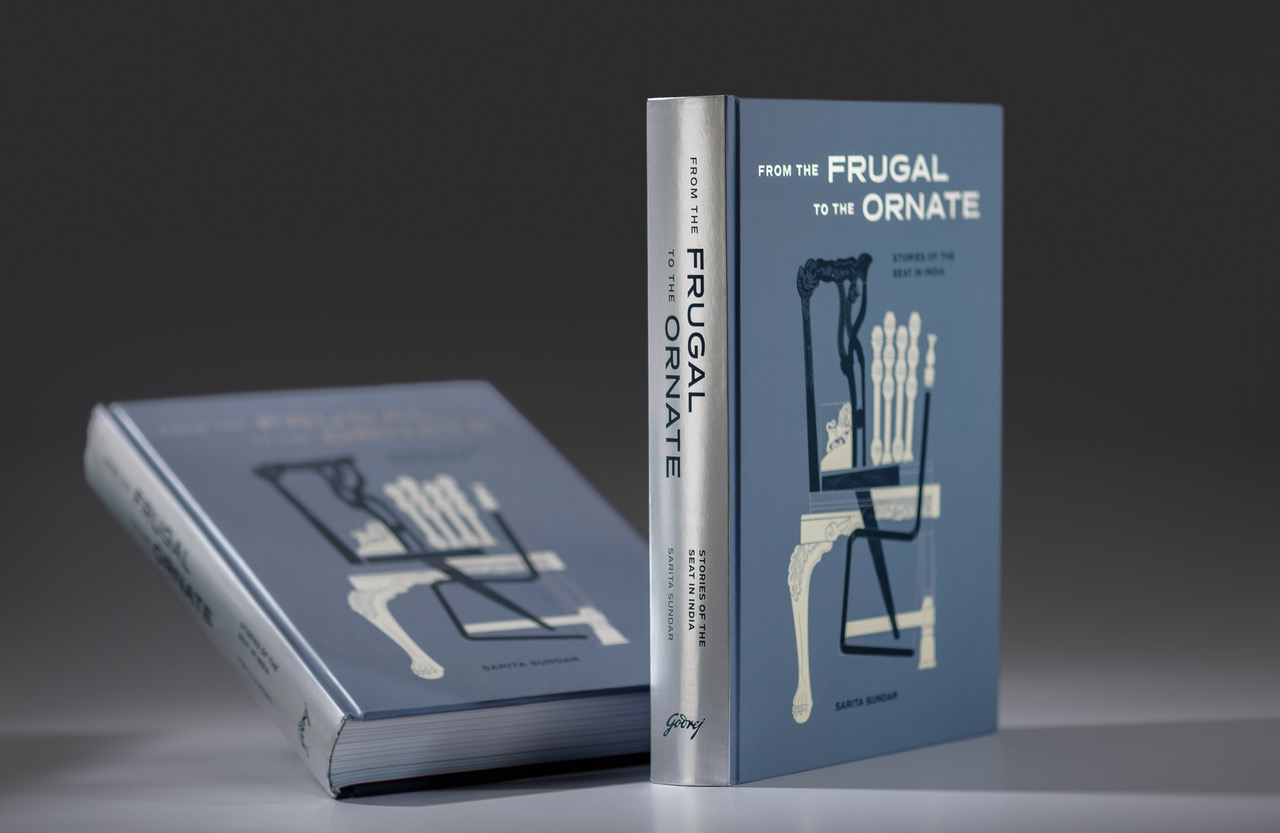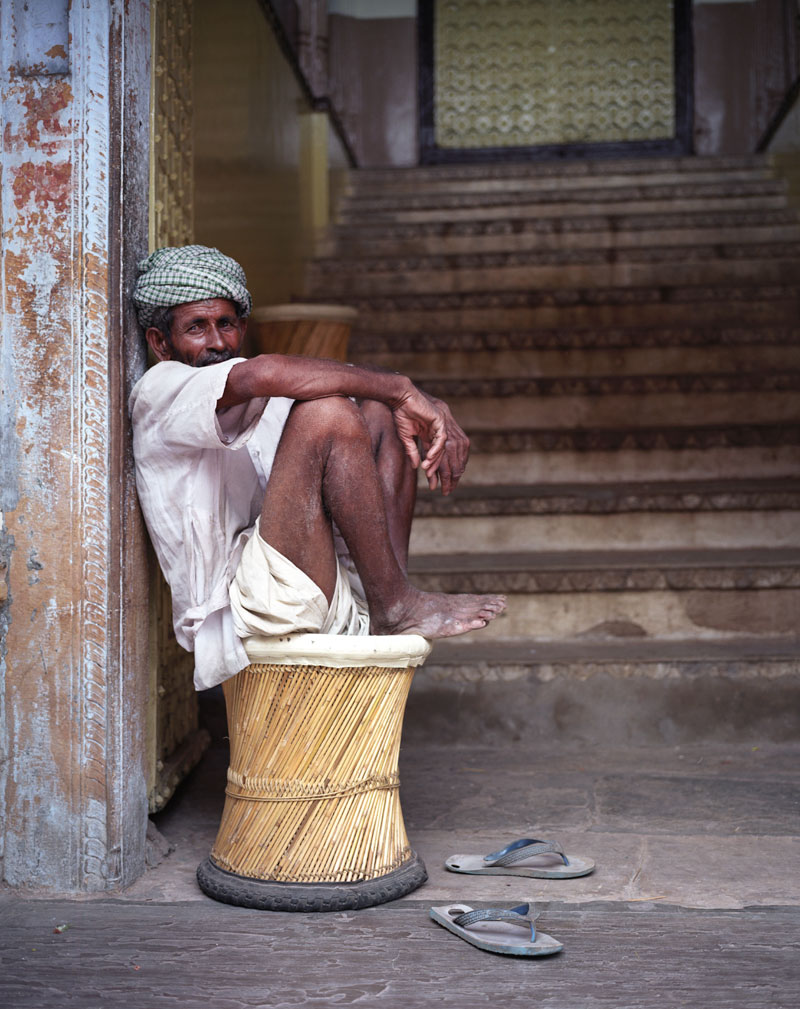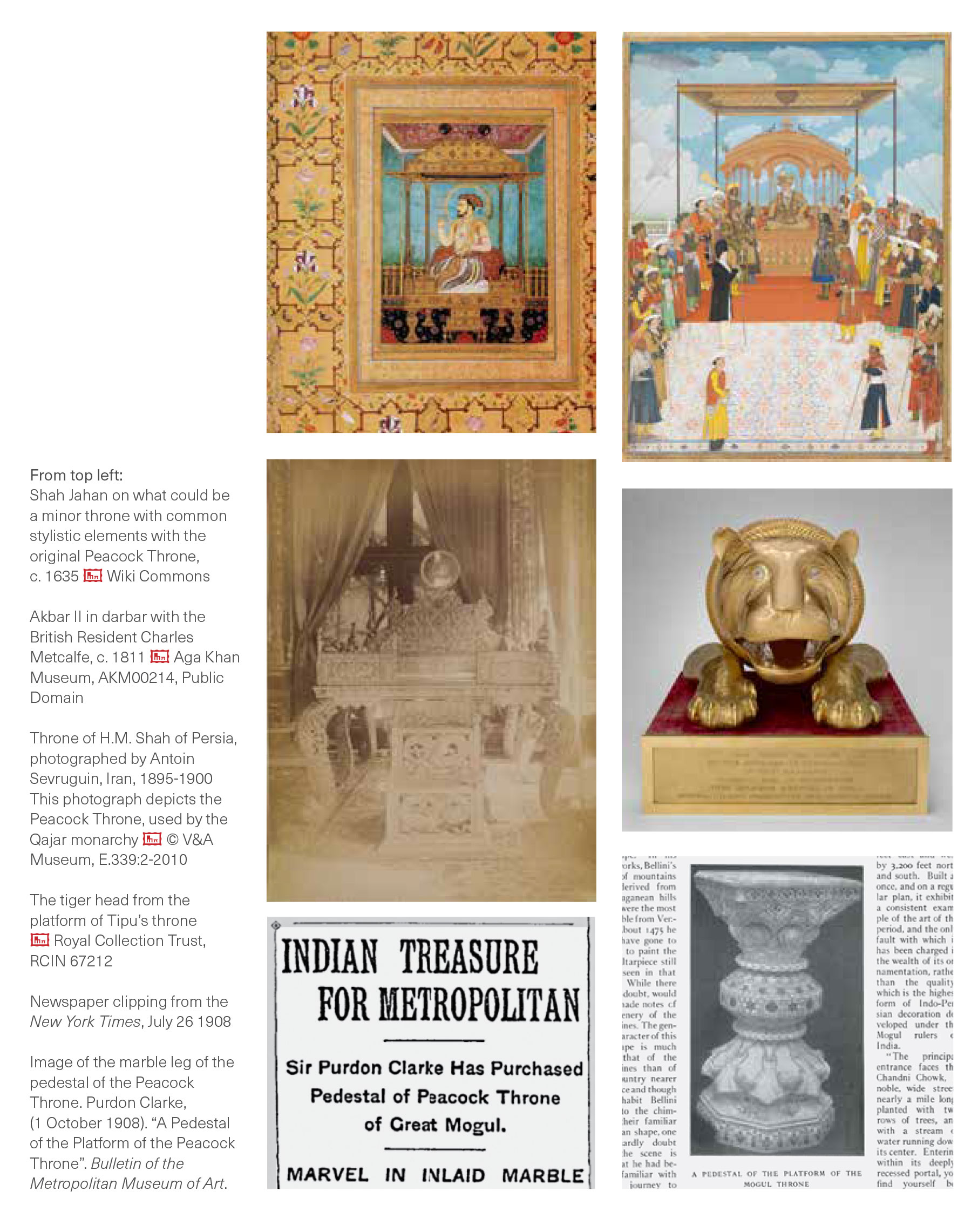From the Frugal to the Ornate
Essays on the culture of Seating in India
“My interest is really to look at ordinary objects and sort of unearth curiosities. And seats or chairs is one of them,” says Sundar, a felicitous writer, equipped with the tenacity of a historian.
24. 10. 2022 | Murali Menon Mans World India
‘The Rich History Of Indian Chairs Revealed’ Sarita
The project, From the Frugal to the Ornate: Stories of the Seat in India, investigates and spotlights the seat’s relationship with its sitter, and other people in its periphery. The attempt is to crosslink disciplines, cut across histories and geographies, and unearth stories of the hidden and essential, and thereby unravel nuanced insights. The project consists of a 264 page book, a mini exhibit, posters and an interactive website, 100seatsofindia.com. All of these deploy a number of devices to ensure that the complex range of archival content is accessible for a range of audiences: the casual reader, the design aficionado, the cultural historian as also the museum professional.

8 key chapters authored by Sarita Sundar in the book elaborate on the core themes used to deconstruct the seat and weave intertextually, making their way from the past to the present and from the present to the past. These chapters are visually represented through charts in the book; a pullout poster; and an interactive website. The chapters are:





The book also has three chapters by three contributors, Abigail McGowan, Sujatha Shanker Kumar and Lakshmi Subramaniam. Within the book, intertextual and indexical devices, such as chair icon + chapter number / page number (eg: 12 / p.58) in the margins of essay pages encourage a cross connection between chapters. These also allow a deep detailed dive into the marked content, allow for visual storytelling and also makes key ideas more accessible to a general audience.


It is no easier to fix chronology, concrete definitions or stylistic influences onto cultural movements than it is to fix a chair as belonging to a certain time period. As an example, depending on the lens you use, a Mooda Chair is a vernacular seat (Chapter 1); but when it uses waste textile rope, it is a beacon of sustainable living (Chapter 5); in a metal version, it is a Neomodern seat (Chapter 8); and in a highly ornate, colourful version, it could be termed a Postmodern one (Chapter 7). The design of this book is based on the premise that a chair belongs to a number of ‘themes’: so all four sections weave intertextually, taking you from the past to the present and then, from the present back to the past.
Some chairs are cultural icons unto themselves, such as Shah Jahan’s Peacock Throne—made of a “confusion of diamonds” and other jewels—during a period of wealth and riches in Mughal history. More recently, the Chandigarh Chair with its “distinctive geometric language” earned cult status as it made its way into celebrity homes and boutiques. “The chair’s association to the city has much to do with Chandigarh being one of Modernism’s citadels in India,” says Sundar.
15.08.2022 | Architectural Digest Book review by Neerja Deodhar


This book compiles 100 seats that have been illustrated, demonstrating visually how a seat crosslinks to different chapter themes, subthemes, historical or stylistic influences. An interactive version of this graphic can be accessed at www.100seatsofIndia.com Read more about the interactive website here. You can purchase a copy of the book online here.
The research towards this project was supported by Godrej Archives. For institutional orders contact archives@godrej.com.
Scope
Primary and secondary research | Writing and editing | Curating archival content | Design, Layout of book including Information graphics
Team
Sarita Sundar, Georgie Paul, Savithri M., Shobha Karunakaran, Ruchika Chanana








